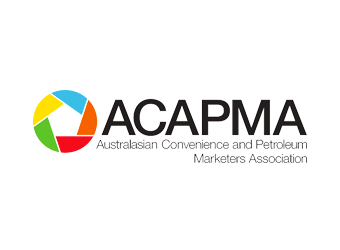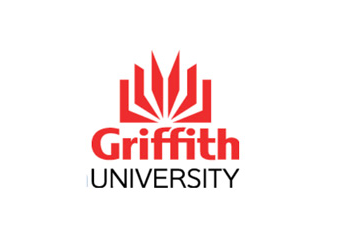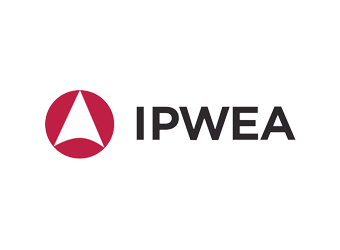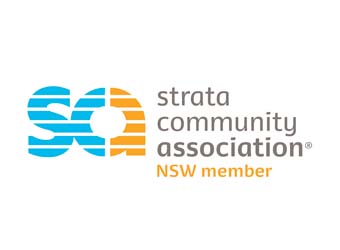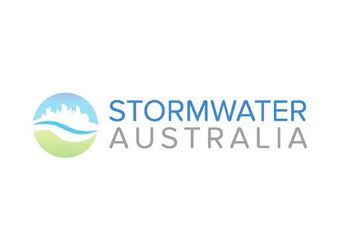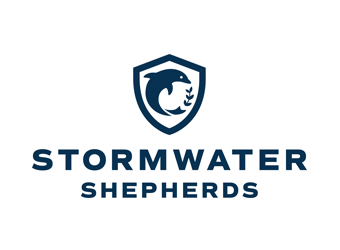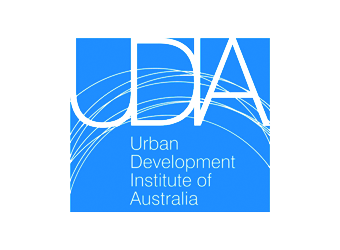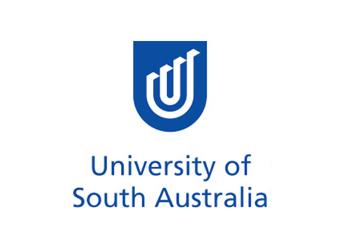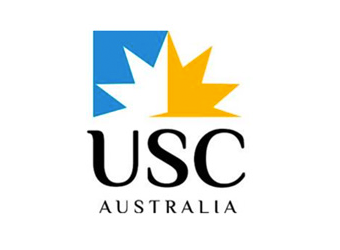A steady contributor to the development of our concrete OSD tank range, and its implementation in stormwater projects across the country, Peter Hancock is one of SPEL Queensland’s Business Development Managers.
Always excited to meet clients and present at our Lunch & Learns, Peter has shown our clients the ways our products can help them. With the SPEL QLD team, he has implemented detention, retention and stormwater treatment solutions across the Queensland region for over three years.
I worked with the SPEL team to look at all the potential sizes of concrete tanks we could manufacture, and the most viable options for getting high-quality, cost-effective concrete detention tanks on-site.
Once we decided on the tank specifications, we arranged the structural engineering and designs for these tanks. The original SPEL Vault has now extended to double-stack solutions and the implementation of the Megavault as well.
Detention is set in stone as part of a DA (Development Approval) requirement, so it is 100% important and detailed to be important by industry and governmental bodies across Australia.
It is a void that needs to be ready to receive water in the next storm or flood, whether that’s in a month, a week or two-years’ time.
With regard to retention, I think there will be a growing demand. The last year has seen lots of wet weather, and another wet one looks scheduled. As the weather cycle changes back to the other extreme of dry weather, retention and re-use will be back on the agenda.
There will always be a need for detention as stand-alone infrastructure because it is key to flood mitigation. Failure to mitigate flooding means our rivers and creeks reach peak volumes far quicker, which floods our communities and, ultimately, people’s houses.
If we have deluge after deluge – the runoff slowly gets larger – and we have massive amounts of water that our rivers and drainage cannot cope with. We need to imitate what happens in nature, by slowing down water, detaining it, and allowing it to infiltrate.
I love kayaking and that’s one of the reasons that it is rewarding working with SPEL. I get to realise the importance Water Sensitive Urban Design (WSUD) has for our water activity enjoyment and kid’s enjoyment– which is great.
It’s one thing picking things out of the water, it’s another when things degrade and produce chemicals that may be sitting there for extended periods of time. Stormwater treatment is a step in the right direction along with the triangle of refuse, reuse and recycle.







